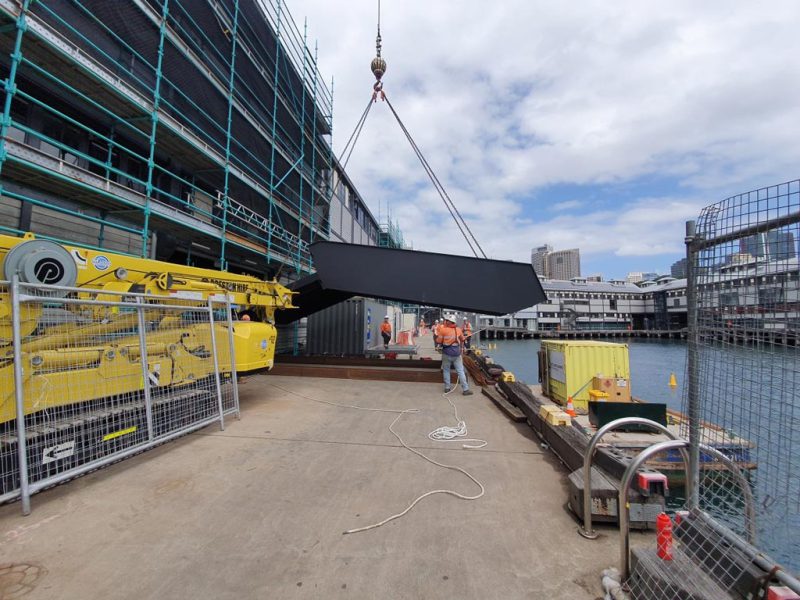Riggers for Hire: Indispensable Equipment and Gear for Safe Rigging Practices
28 August 2024
Delve into the essential equipment and safe practices for riggers for hire. Learn how to ensure safe lifting operations in construction and industrial settings.
Riggers for hire play a vital role in ensuring the safe and efficient movement of heavy loads in construction and industrial settings. Skilled riggers use specialised equipment and adhere to strict safety protocols to minimise risks and protect workers on the job site.
The Backbone of Rigging: Lifting Equipment
Lifting equipment forms the core of every rigging operation. Riggers for hire must be well-versed in the use and maintenance of various types of cranes, hoists, and winches. These powerful machines form the backbone of rigging operations, allowing for the safe and controlled movement of heavy loads.
Cranes, in particular, come in many forms, including mobile cranes, tower cranes, and overhead cranes. Each type has its specific applications, and riggers for hire must be familiar with their operation and limitations. Regular inspection and maintenance of this equipment are paramount to ensure safe and efficient rigging practices.
Essential Equipment for Riggers
The following equipment is commonly used by riggers for safe lifting practices:
• Slings: These are flexible straps used to lift loads. They can be made from various materials, including nylon, polyester, or wire rope, and must be selected based on the load’s weight and shape.
• Hooks and Shackles: These are essential for connecting slings to the load. They must be rated for the load’s weight and regularly inspected for wear and damage.
• Lifting Beams: These distribute the weight of the load across multiple points, reducing stress on individual slings and improving stability during lifts.
• Hoists and Winches: These devices provide the mechanical advantage needed to lift heavy loads. They should be operated by trained personnel to ensure safe use.
• Safety Gear: Riggers must wear appropriate personal protective equipment (PPE), including hard hats, gloves, and safety boots, to protect against potential hazards on the job site.
Safe Rigging Practices
Implementing safe rigging practices is crucial for minimising risks associated with lifting operations. Here are some best practices that should be followed:
Regular Inspections – All rigging equipment must be inspected before use. Look for signs of wear, such as cuts, abrasions, or corrosion. Any damaged equipment should be removed from service immediately.
Proper Training – Riggers must receive comprehensive training on the safe use of rigging equipment. This includes understanding load capacities, weight estimation, and the importance of balancing and securing loads.
Load Assessment – Before lifting, riggers should assess the load’s weight, shape, and centre of gravity. This information is critical for selecting the appropriate rigging equipment and techniques.
Communication – Clear communication between riggers and crane operators is essential. Establishing hand signals or using radios can help coordinate lifts and ensure everyone is aware of the operation’s status.
Use of Softeners – To protect slings from sharp edges, riggers should use softeners or padding around the corners of the load. This practice helps prevent damage to the rigging gear and ensures a secure lift.
Quality Rigging Services Australia has a team of highly skilled and experienced riggers who are equipped with the latest equipment and gear. We prioritise safety and efficiency in every project, ensuring your lifting operations are executed flawlessly. Contact us for reliable riggers for hire.
Optimized by: Netwizard SEO
